How Much Does It Cost to Start a Brewery
Starting a brewery isn’t just about brewing beer—it’s about brewing dreams, passion, and a whole lot of sweat equity into a glass that people crave. Whether you’re looking to become the next regional darling or just dreaming of pouring your own pale ale on tap in a cozy taproom, the road to your first pour is both thrilling and demanding.
Factors That Affect Brewery Startup Costs
So, what really drives the cost of starting a brewery? Well, it’s not just about kegs and coolers. Several factors shape the total price tag of launching your brewing business, and ignoring even one could leave you in frothy financial trouble.
Size and Scale of the Operation: Planning to sell to a few locals or distribute across the state? A nanobrewery or microbrewery will have vastly different needs compared to a full-fledged regional operation. The more beer you plan to brew, the more space, equipment, and licenses you’ll need.
Location: Renting a spot in the heart of a bustling city? That’s going to cost you. Compare that to setting up shop in a more rural or industrial zone, and you might save thousands. But then, foot traffic and exposure take a hit.
Brewing Equipment: This is the heart of your operation. Fermenters, mash tuns, brite tanks, and kettles aren’t cheap. The quality and scale of your equipment directly affect your startup cost.
Licensing and Permits: Ah, the not-so-fun part. You’ll need federal, state, and possibly local permits, and they come with application fees and time delays. Brewer’s notice from the TTB (Alcohol and Tobacco Tax and Trade Bureau) is a must.
Taproom Design and Buildout: If you want a space for people to enjoy your creations, you’ll need to invest in ambiance—furniture, decor, lighting, restrooms, even parking.
Branding and Marketing: Your beer may be great, but if nobody knows about it, what’s the point? Websites, logo design, social media, merch—they all cost money and matter more than you think.
Staffing: You can’t do it all alone forever. From brewers and bartenders to brand managers and bookkeepers, you’ll need a team.
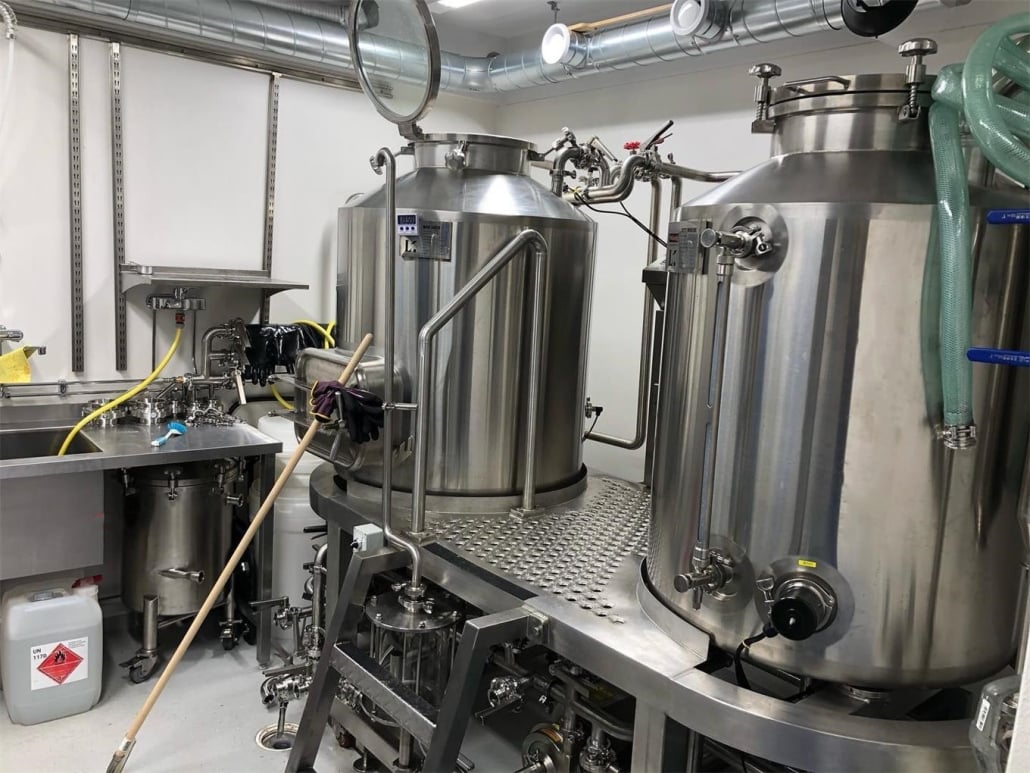
Estimated Cost Ranges by Brewery Type
To give you a better sense of what you’re diving into, here’s a breakdown of typical startup costs based on the type of brewery you want to build. These are rough estimates but help set the stage.
Cost Estimates by Brewery Type
| Brewery Type | Typical Production Volume (Barrels/Year) | Estimated Startup Cost | Ideal for |
|---|---|---|---|
| Home Brewery | < 100 | $5,000 – $15,000 | Hobbyists, testing recipes |
| Nanobrewery | 100 – 500 | $50,000 – $150,000 | Small batch, local tasting rooms |
| Microbrewery | 500 – 15,000 | $250,000 – $2M | Local/regional sales, taproom + distribution |
| Brewpub | 300 – 1,500 | $500,000 – $1.5M | In-house beer + restaurant sales |
| Regional Brewery | 15,000+ | $2M – $10M+ | Mass production and wide distribution |
Notice how the costs jump dramatically depending on scale? It’s like going from a backyard BBQ to running a catering company.
Hidden or Ongoing Costs That Catch Many Brewers Off Guard
Here’s where things get sneaky. Startup costs are just the beginning. There are plenty of ongoing or hidden costs that can eat into your budget like a sour batch in a fermenter.
Utility Bills: Brewing beer uses a lot of water, electricity, and gas. You might be shocked at your monthly energy bill.
Cleaning and Maintenance: Tanks need sanitizing. Floors need mopping. Lines need flushing. And it all costs time and money.
Distribution and Transportation: If you’re bottling or kegging, someone has to move that beer. Whether it’s third-party logistics or your own delivery van, it adds up.
Insurance: Liability, property, product recall, and worker’s comp are just a few of the coverages you’ll need.
Taxes: Beer is taxed heavily. Federal excise taxes, state alcohol taxes, and sales taxes are ongoing costs you need to budget for.
Waste Disposal: Spent grains, wastewater, cleaning byproducts—they all need proper handling.
Equipment Repairs: Things break. Sometimes spectacularly. Having a maintenance budget is a must.
Payroll: Even if you start small, staff costs are recurring and rise with your ambitions.
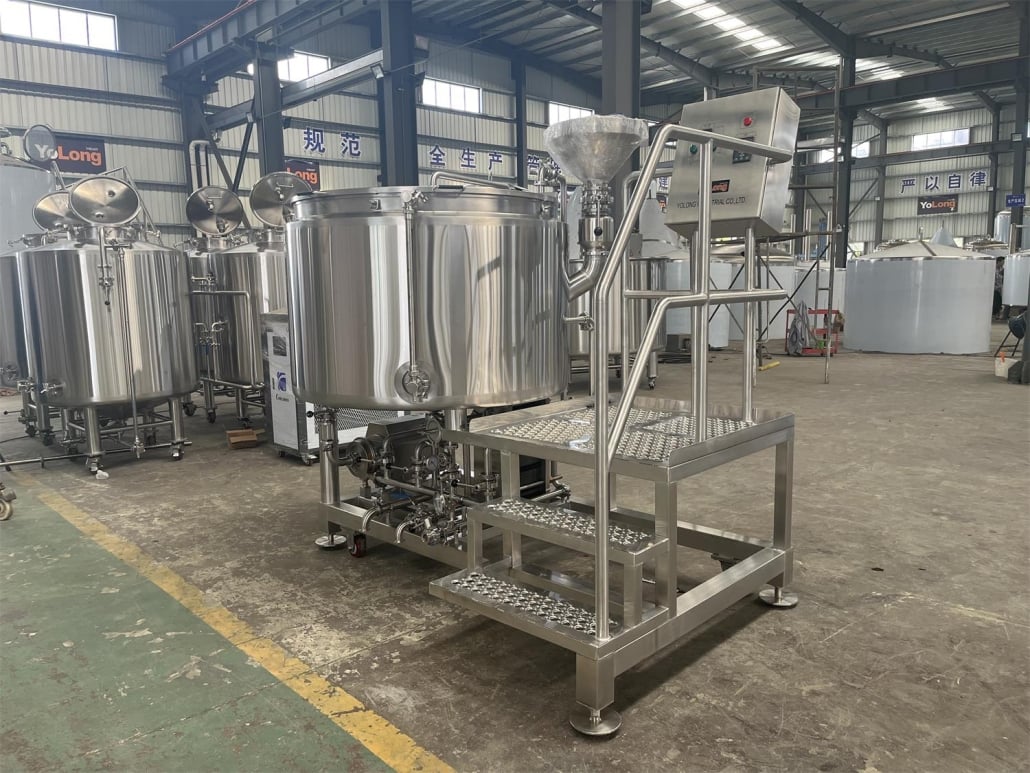

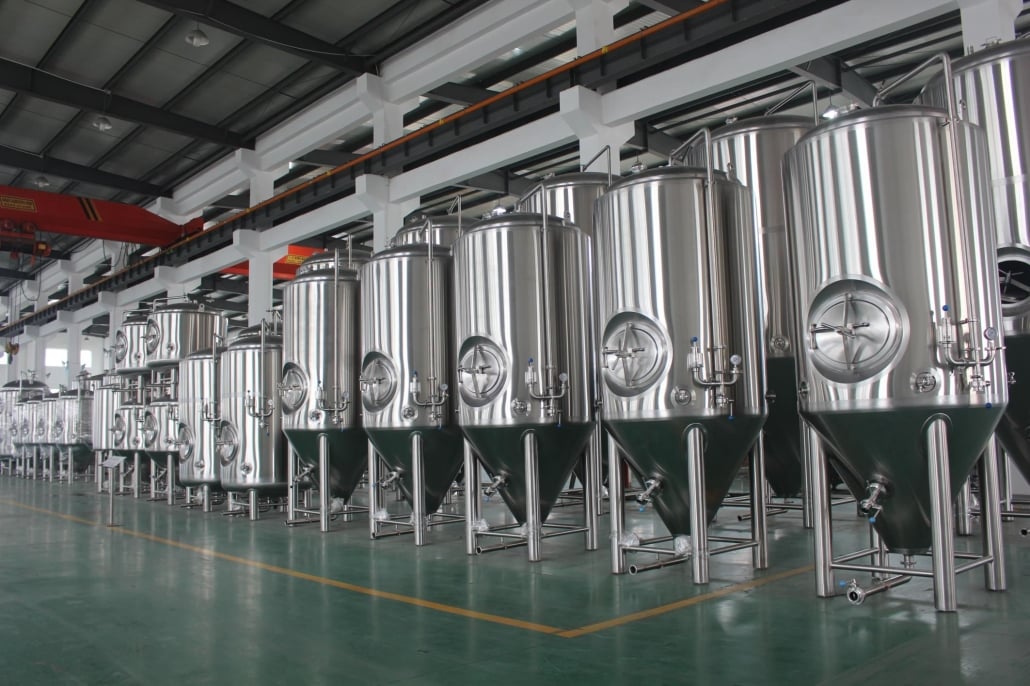
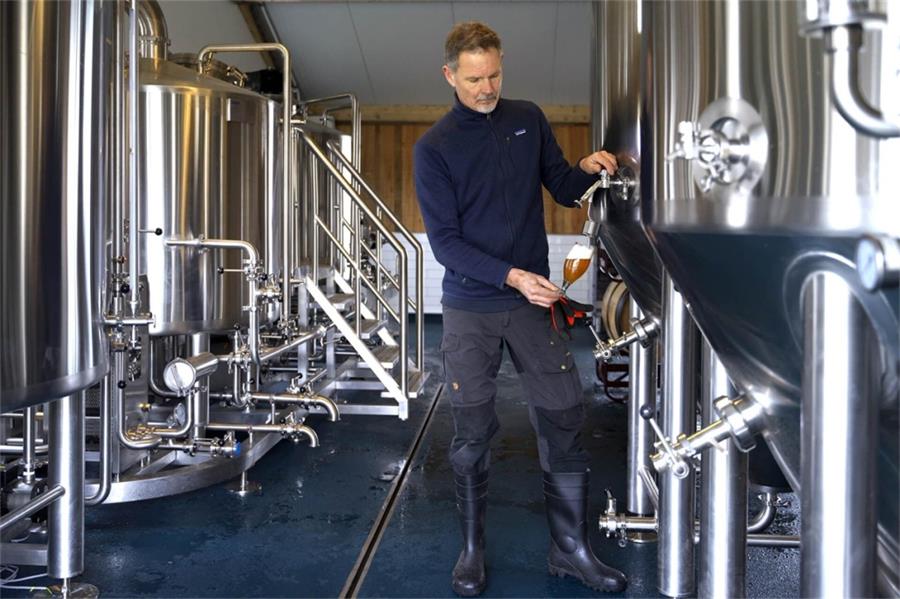
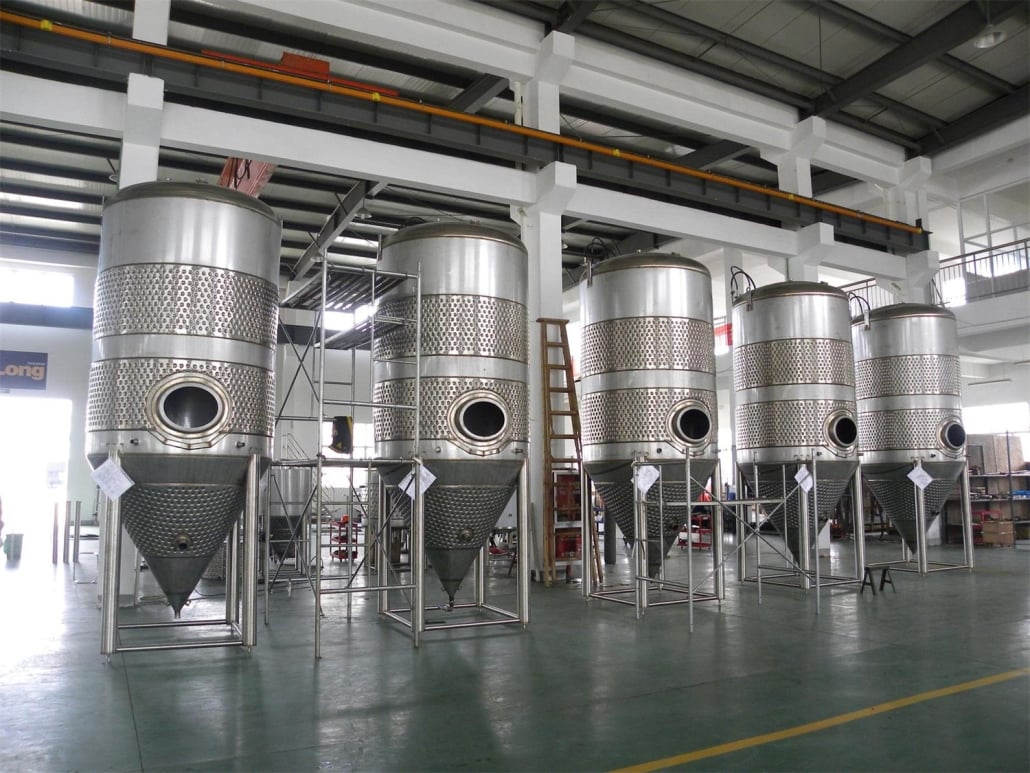
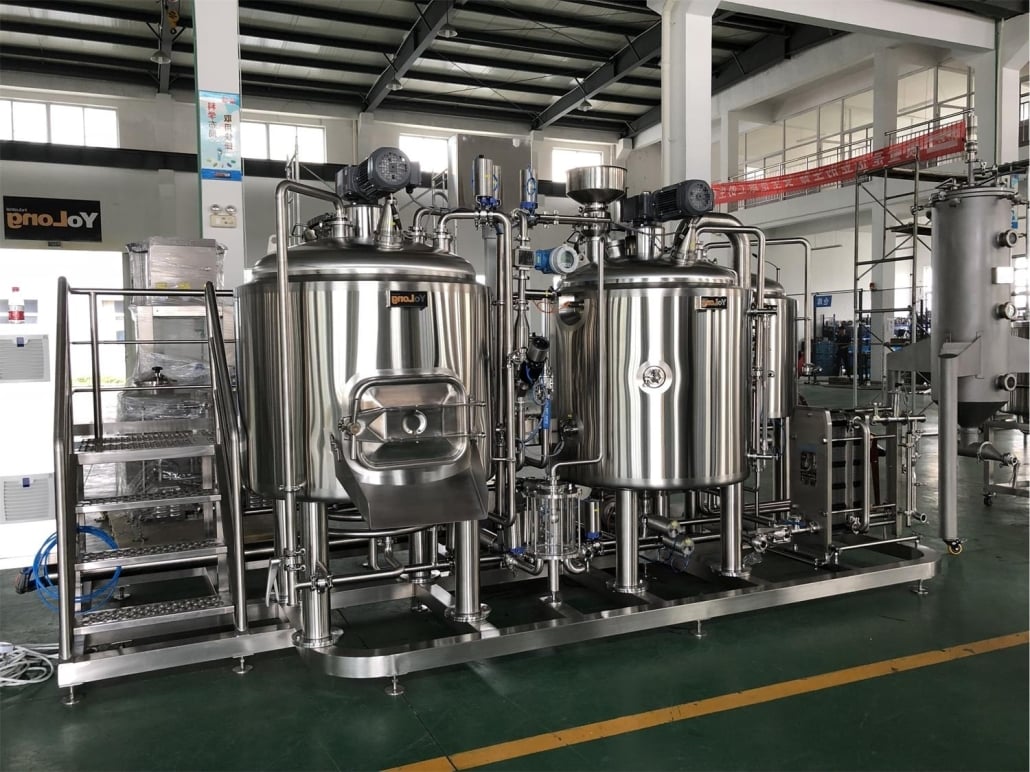
Tips to Reduce Brewery Startup Costs Without Cutting Corners
| Strategy | Description |
|---|---|
| Lease Equipment Instead of Buying | Leasing reduces upfront capital needs and lets you upgrade more easily. |
| Buy Used or Refurbished Gear | Breweries closing or upgrading often sell good-quality equipment at discounts. |
| Start Small and Scale | Launching as a nanobrewery lets you build brand awareness and learn on a budget. |
| Partner with a Brewpub | Some brewpubs allow contract brewing in their facility, saving you space and equipment costs. |
| DIY Taproom Buildout | If you’re handy, do your own renovations to save thousands. |
| Use Cloud-Based Business Tools | Save on accounting, POS, inventory software with affordable online tools. |
| Join Brewery Guilds or Co-Ops | Share resources, bulk buy ingredients, or swap equipment with other brewers. |
Choosing Your Beer Brewing System: What You Need to Know
Picking the right brewing system is a lot like picking the right partner. It needs to suit your lifestyle, your goals, and your future plans.
System Size (Barrel Capacity): Systems come in sizes from 1-barrel to 30+ barrels. One barrel equals 31 gallons. Match size to your volume goals, but remember, you can brew multiple batches.
Electric vs. Gas vs. Steam Systems:
- Electric Systems: Great for small operations. Cheaper to install but may cost more to run.
- Gas Systems: Common and cost-efficient, but need proper ventilation.
- Steam Systems: Most efficient for large setups but need a boiler and significant investment.
Automation Level: Manual systems are cheaper but labor-intensive. Automated systems cost more but reduce staffing needs and mistakes.
Layout and Space Requirements: Don’t underestimate the square footage you need for your brewing system, tanks, storage, and workflow.
Manufacturers and Brands: Some trusted names in the industry include Blichmann, Ss Brewtech, Stout Tanks, and Premier Stainless.

FAQs
| Question | Answer |
|---|---|
| How long does it take to open a brewery? | On average, 12 to 24 months from planning to pouring. Delays often happen due to permits or construction. |
| What licenses do I need to start a brewery? | Federal Brewer’s Notice (TTB), state alcohol license, local business license, and sometimes health department approval. |
| Can I brew beer at home and sell it? | Not legally. You must brew in a licensed commercial facility to sell to the public. |
| Is a taproom necessary for a brewery? | Not required, but a taproom boosts profits and creates a local customer base. |
| What kind of profit margins can breweries expect? | Draft beer sold on-site can have margins of 65-75%, while distribution margins are usually lower (25-40%). |
| How much beer does a 5-barrel system produce? | About 155 gallons, or roughly 1,653 12-ounce servings per batch. |
Additional FAQs About Brewery Startup Costs
1) How much cash reserve should I plan beyond build-out and equipment?
- Target 6–12 months of operating expenses post‑opening. Include rent, payroll, utilities, insurance, and ingredient purchases. Lenders increasingly expect a 10–15% contingency on total project costs.
2) What line items most often exceed budget for a new Brewery?
- Tenant improvements (plumbing/electrical/venting), rigging and installation, utility upgrades (power service, glycol), permitting delays, and taproom furniture/AV often run 10–30% over initial quotes.
3) Are equipment leases or SBA loans better for cash flow?
- Many startups blend both: SBA 7(a) or 504 for build‑out and core vessels, and operating leases for packaging lines or auxiliary tanks. Compare APR, prepayment penalties, residuals, and tax treatment with a CPA.
4) How big is the utility impact on monthly costs in 2025?
- Utilities commonly represent 8–15% of operating expenses for taproom‑led breweries. Efficiency measures (vapor condensers, heat recovery, VFDs, LED, low‑flow CIP) can trim brewhouse energy 10–20% and water use 15–30%.
5) What’s a realistic opening timeline from lease signing?
- Plan 6–10 months in many markets: design (4–8 weeks), permits (6–16 weeks), build‑out (8–16 weeks), equipment lead/installation (8–12 weeks), and licensing overlap. Parallel-path approvals to avoid idle rent.
2025 Industry Trends Influencing Brewery Startup Budgets
- Lead times stabilize: Standard 5–10 BBL systems ship in 8–12 weeks; custom automation/steam skids 12–16 weeks.
- Smaller, smarter footprints: Compact brewhouses with brite-in-cooler setups and flexible seating reduce rent per barrel.
- Energy-first specs: Heat recovery, insulated vessels, and VFD pumps now common line items; utility rebates available in some regions.
- Financing mix diversifies: SBA remains core; leases and revenue-based financing help preserve working capital.
- QA/consistency investments: Basic lab (pH, DO, microscope) and sensory panels are budgeted from day one to protect brand.
2025 Cost Benchmarks and Operating Metrics (North America/EU)
| Category | 2023 Avg | 2024 Avg | 2025 YTD | Notes/Sources |
|---|---|---|---|---|
| Turnkey 7 BBL brewhouse (installed) | $300k–$420k | $290k–$410k | $285k–$400k | Vendor quotes; features vary |
| Cellar starter (4 FVs + 1 brite, jacketed) | $120k–$180k | $115k–$175k | $110k–$170k | Basic automation |
| Taproom build‑out (no kitchen) | $80k–$200k | $85k–$210k | $90k–$225k | Urban premiums persist |
| Utility setup (glycol, electrical, venting) | $30k–$90k | $30k–$85k | $28k–$80k | Efficiency offsets |
| Time to open (lease → soft launch) | 7–12 mo | 7–11 mo | 6–10 mo | Permits normalize |
| Water use (hl water/hl beer) | 6.5–8.0 | 5.5–7.0 | 4.5–6.5 | With HR/CIP reuse |
Authoritative sources:
- Brewers Association benchmarking, startup/quality tools: https://www.brewersassociation.org/
- US SBA (7(a), 504) financing: https://www.sba.gov/
- DOE Better Buildings (food & beverage energy): https://betterbuildingssolutioncenter.energy.gov/
- Local/state brewers guilds (permits, grants): via BA guild directory
Latest Research Cases
Case Study 1: Phased Capex to Accelerate Opening (2025)
Background: A downtown taproom concept targeted a 7 BBL system but faced high TI and cash constraints.
Solution: Opened with a refurbished 5 BBL brewhouse, leased two 10 BBL FVs, delayed kitchen in favor of food trucks, and launched alternating proprietorship for seasonals.
Results: Upfront capex reduced by ~$170k; opening moved up by 12 weeks; positive operating cash flow by month 9; COGS/pint improved 6% through better tank turns. References: BA startup case materials; lender reports.
Case Study 2: Utility Cost Control via Heat Recovery (2024)
Background: New microbrewery projected high energy intensity.
Solution: Installed wort vapor condenser to preheat HLT, insulated kettle/HLT, VFDs on glycol and brewhouse pumps, and CIP water reuse.
Results: Brewhouse energy/bbl down 17%; water-to-beer ratio improved from 6.9 to 5.3 hl/hl; simple payback ~16 months. Sources: DOE Better Buildings examples; BA sustainability guides.
Expert Opinions
- Bart Watson, Economist (former), Brewers Association
Viewpoint: “Taproom-led revenue remains the fastest route to breakeven. Right-size capex and protect cash for the first year’s operating runway.”
Source: BA economic briefings and market analyses - Mary Pellettieri, Quality Consultant and Author
Viewpoint: “Budget for QA from day one—pH, DO, and yeast health. The cost of inconsistency dwarfs the price of basic lab gear and SOPs.”
Source: BA Quality resources and workshops - John Mallett, Brewing Operations Leader and Author
Viewpoint: “Prioritize utilities, drains, and rigging. Reliable installations save more money than chasing the cheapest tank quote.”
Source: MBAA/BA conference proceedings
Practical Tools and Resources
- Brewers Association: Startup calculators, benchmarking, quality and safety — https://www.brewersassociation.org/
- SBA Loans: 7(a) and 504 program details and lenders — https://www.sba.gov/
- DOE Better Buildings: Energy playbooks and case studies — https://betterbuildingssolutioncenter.energy.gov/
- ProBrewer Classifieds (used equipment marketplace) — https://www.probrewer.com/
- QuickBooks + SOS Inventory or Ekos/OrchestratedBEER for cost and inventory control — https://quickbooks.intuit.com/
- State Brewers Guilds: Permitting guidance and local contacts — via BA directory
Last updated: 2025-09-28
Changelog: Added 5 FAQs focused on budgeting, financing, and utilities; 2025 trends with benchmark table; two recent cost-control case studies; expert viewpoints; curated tools/resources with authoritative links
Next review date & triggers: 2026-03-31 or earlier if turnkey equipment pricing shifts >10%, SBA terms change, or average permit timelines move ±8 weeks in major markets
Share this entry
Interested in learning more about Brewing Systems including additional details and pricing information? Please use the form below to contact us!
YOLONG BREWERY EQUIPMENT FAQS
- Commercial Brewery / Craft Brewery / Microbrewery / Nanobrewery
- What is The Difference Between Craft Beer and Industrial Beer?
- The Bespoke Differences In Custom Brewing Systems
- Everything You Need to Know About Kettle Souring
- How to Choose Brewing Equipment for Your business?
- How To Choose The-Best Partner To Build Your Commercial Microbrewing System?
- Two Detection Sensors That You Need To Use In Your Brewhouse System
- Remote Control Applications in Brewing Equipment/How does it work?
- How To Clean Your Brand New Brewery Tanks?

